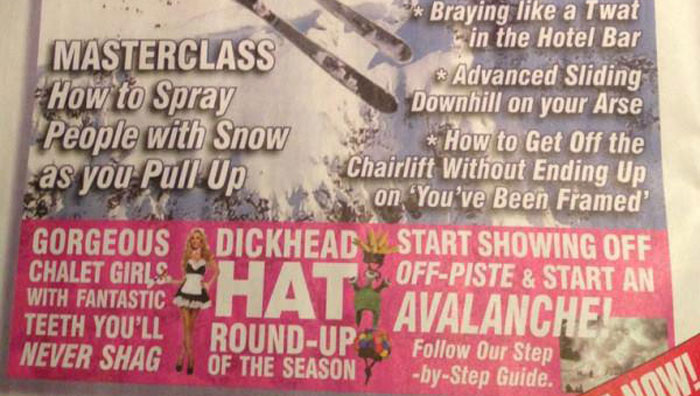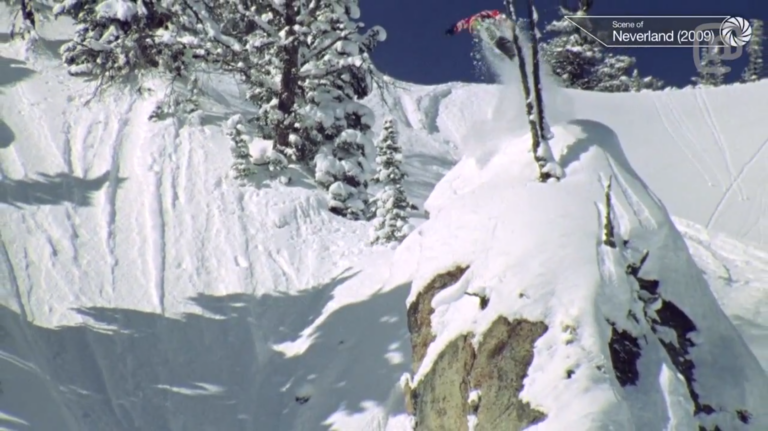Have you ever noticed that it is generally trickier to do a really tight heelside turn compared to a tight toeside turn? Well, the reason for this all boils down to the way our bodies are put together. Cue random, rambling anatomical spiel…

Generally speaking, as humans, we are symmetrical from side to side – we exhibit what is known as bilateral symmetry. From front to back though it’s a whole different ballgame. Many of our joints only flex in one direction and our sensory organs have evolved alongside a predominantly uni-directional way of life (if only we had eyes on the back of our heads eh?). When standing sideways on a snowboard this asymmetry has pretty significant implications on the mechanics of heelside versus toeside turns. Thanks to the way our leg-joints flex, it’s more difficult to tip a snowboard high on edge on the heelside than it is on the toeside. What you do get on the heelside, since our heels are aligned directly with the base of our legs and therefore the rest of our bodies, is more power transmission. Our highbacks, sitting flush against our legs, also assist in transmitting this power and maintaining edge angle. In contrast, manipulating edge angle on the toeside edge is way more efficient, and you can achieve a really high edge angle more quickly and precisely thanks to the combined flexion of the joints in your ankles, kness and hips. However, this is at the expense of power because as you can imagine, balancing on your toes isn’t anywhere near as solid a stance as carving on your heels.
What effect does this have on our snowboarding? For the most part it means that when we ride symmetrical snowboards, it is comparatively more difficult to initiate a sharp turn on the heelside edge than on the toeside edge. Of course, freeriders can increase their forward lean (via the little moveable slider at the base of the highbacks of most bindings) to improve heelside responsiveness although for freestylers who may ride rails, increasing forward lean is a less appealing option that can translate to more edge catches and slipping out.
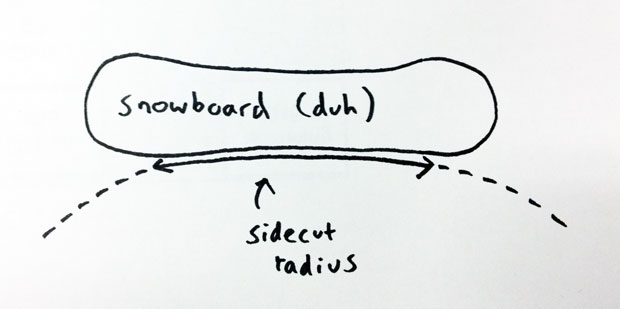
Several companies have attempted to balance out the asymmetry of our bodies by introducing counteracting asymmetry into their snowboards. Most commonly this involves using a tighter sidecut radius on the heelside edge (for those of you unaware, the sidecut is the subtle inward curve found along the edge of your board that allows it to turn along a natural arc when on edge). A tighter than usual sidecut radius means that less edge angle is required to achieve the same radius turn which, in the case of an asymmetric board means more balance between heelside and toeside turns. Simples!
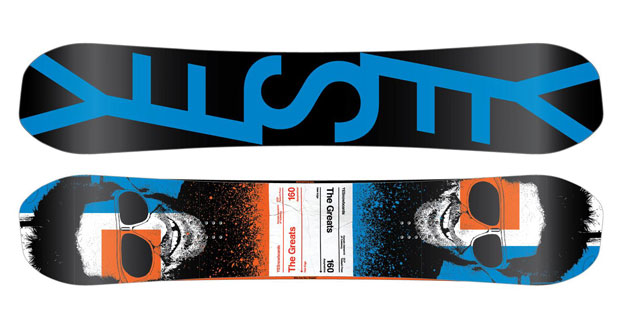
YES Snowboards have been using this tech for a while and this year it is featured on The Greats snowboard (which we reviewed here). YES even went to the extra trouble of making the nose and tail all weird looking so you’ll always be reminded of its asymmetricality (or is asymmetricness?) . This asymmetric twin shape is JP Solberg’s favourite shape in the line and as we found out when we tested it, the asymmetric sidecut does make tight heelside turns noticeably easier.
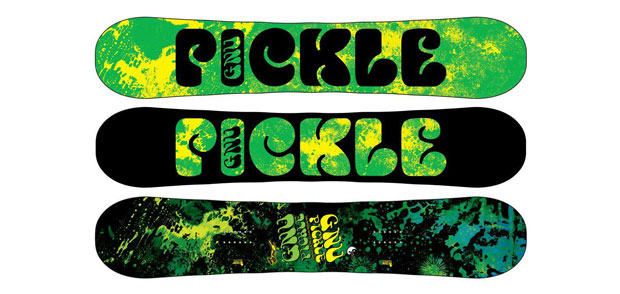
GNU also incorporate this technology into their Park Pickle, Impossible A.S.S. and Riders Choice snowboards and take the tech slightly further in the Park Pickle by using a slightly softer wood core on the heelside to allow it to flex into tighter arc’s at lower edge angles. Pretty neat huh?
Has anyone ridden an asymmetric board on the hill and noticed the effect of having a tighter heelside sidecut? Let us know in the comments below…



